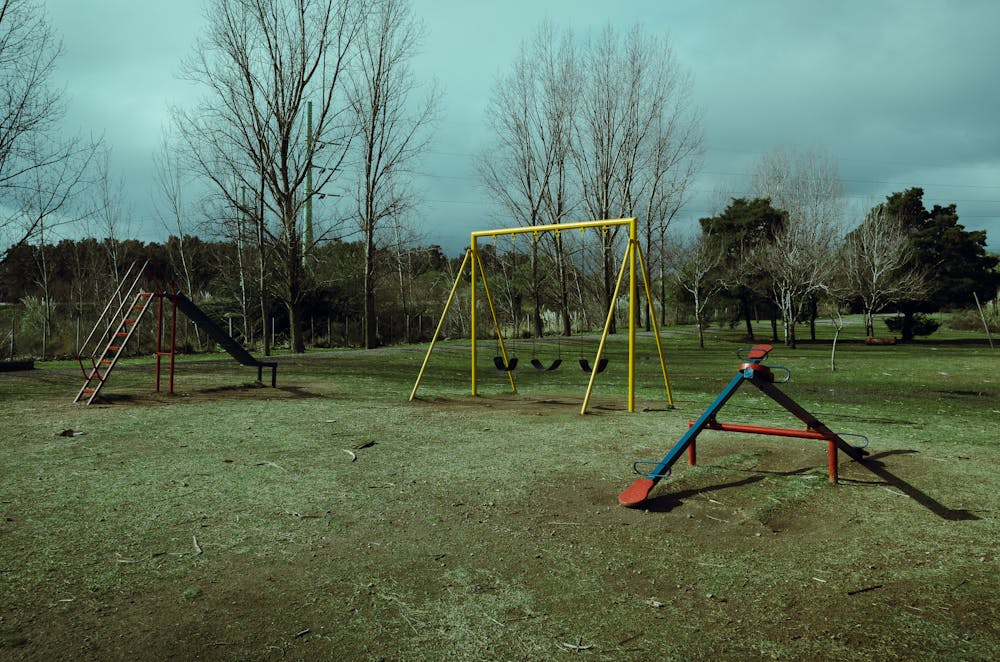When something goes wrong at school—when a child is excluded, harmed, or unsupported—families are told to “work it out with the school first.” That sounds reasonable on paper. But in practice, it’s vague, unstructured, and often retraumatising.
I’ve gone through the Vancouver School Board (VSB) appeals process more times that I’d wish upon anyone. Here’s some of my observations.
1. The ambiguity of “working it out”
The first directive in the appeals process is to “resolve the issue at the school level”—but the parameters of this step are never clearly defined.
What constitutes a good-faith effort?
How many emails? How many meetings? How much exhaustion?
The process does not distinguish between those who send a single message and those who advocate across months, pouring untold hours into explanations, proposals, and follow-up that rarely yield clarity—let alone resolution.
For a process to be equitable, it must be explicit; families need to know when enough has been done, and what steps allow them to move forward without internalising failure.
2. The vagueness of decision-making
Once a formal appeal is made, a reviewer is assigned—but the logic behind that assignment remains opaque.
Who are these individuals? What qualifies them to evaluate the complexity of disability-related harm, or interpret educational equity through a trauma-informed lens? They state their bio, but I’m left to wonder, what specific training have you received on conflict resolution or disability advocacy?
Once, the Treasurer was assigned to hear my complaint about my child receiving insufficient support. He concluded that the District shouldn’t have to spend more money–surprise surprise! Another time, I complained about a conflict of interest and the complaint wasn’t even acknowledged, like there is no process for this.
You don’t know what concrete steps and remedies are possible.
You retell the story, often to someone hearing it for the first time—someone who cannot possibly hold the full weight of months of frustration, confusion, and cumulative impact. You must sound nice, since they might judge you, but you’re furious by then. Heart broken for what your child has suffered. They listen, they nod, and then they reiterate policy. Like you’ve never heard about policy:-(
It seems like less of a pursuit of resolution than an institutional ritual. Performative. Lip service.
3. The exhausting performance of positivity
In nearly every meeting, praise for my child flows freely—how bright, how resilient, how exceptional they are in the face of challenge.
This is not compassion; it is avoidance dressed as warmth.
These compliments do not correct injustice or adjust support. They are meant to soothe, to neutralise, to remind us how hard everyone is trying—without acknowledging that effort does not always equal care, and care does not always translate into change.
We are expected to receive these words with grace; to be grateful for what little is offered; to temper our desperation with diplomacy. And we do—again and again—because we know that being too angry, too direct, too honest might cost our children even more.
I try to be kind. I try to be courteous. I try to meet people where they are—stretched, underfunded, overworked. But every September, I have to start over. In spring, I leave another meeting gutted. This cycle is not sustainable. It builds resentment—deep, bone-level resentment that has nowhere to go.
We are expected to show up as human, but never to feel like one. It feels like we will never be alright again.
There is no space to grieve the career impacts, the health I lost, the harm to my children, the dignity I forfeited in endless meetings trying to convince professionals that my children deserve respect. I’m disabled from the emotional labour and stress of advocacy—it has hurt me so badly.
To focus on a child’s promise while refusing to remove the obstacles is cruel. Do better!
4. Designed to exhaust participants
If you disagree with the outcome of the first appeal, you are invited to try again—up the ladder, further from the classroom, further from the context, and further from anyone who truly grasps the dynamics day-to-day.
Each step demands the same story, told anew. Each telling costs more. You become a curator of harm, reopening wounds in order to make them legible to yet another person. Don’t sound hysterical! Don’t swear or sound bitter, even if this has changed your entire life’s direction. You are being judged again. Your child’s future laid in their hands.
I filed a complaint in November for a harm that began in September. The first partial resolution came in April—and the full solution, though agreed upon, still waits to be implemented.
A child can lose an entire school year to bureaucracy. That’s a long time for a child, feeling excluded. I’ve under estimated the harm this could cause. I’m heartbroken from the impacts.
5. The illusion of autonomy
One of the most destabilising aspects of the process is how often responsibility is deferred—not denied outright, but passed along like a hot stone.
In our case, the use of collective punishment was acknowledged by one district official as “not ideal”—yet the person who did the harm was defended entirely. The district refused to intervene, citing autonomy; a school trustee told us to file a complaint with the Teacher Regulation Branch instead.
Autonomy is used like a firewall: a way to protect adults, not children.
6. Good intentions pave the road to…
Many of the people involved in these conversations consider themselves principled. Some truly are. But the system is not built to reward principled action; it is built to mitigate liability. It is designed to protect itself.
Even those with strong values are forced to work within procedural frameworks that prioritise quick fixes or optics over outcomes and deny harm when acknowledgement threatens budgets.
This is not a matter of individual failure—it’s structural. And individuals need more power and training.
7. A system built on attrition
Here’s the hardest truth: the appeals process appears to be designed for people to give up.
Why else would it be so repetitive, so undefined, so slow?
Our experience has been that even when plans are made as a result of an appeal, they are only partially implemented—if at all. And no one follows up.
The process is described as a safeguard, but in reality, it functions as a filter; it selects for the most fluent, the most resourced, the most persistent. Everyone else is left behind.
“Deny, delay, deflect” isn’t a cynical motto—it’s an accurate summary.
What needs to change
- Define the expected steps for resolving issues at the school level.
Make it clear when the process can move forward—especially for families already operating at the edge of burnout. - Clarify who reviews appeals, and why.
Families deserve to know who they’re speaking to, what power they hold, and how they were chosen. - Stop substituting praise for progress.
Compliments cannot replace accountability. Focus on what will change—not how amazing the student is. - End the re-traumatisation loop.
Respect the documentation already submitted. Don’t force families to relive harm at every new stage of review. - Track implementation—and enforce it.
A plan not followed is no plan at all. There must be follow-up, accountability, and consequences for inaction. - Stop passing the buck.
If harm is acknowledged, responsibility must follow. Teacher autonomy should never override a child’s right to safety and dignity. - Design for equity, not endurance.
The system should serve all families—not just those with time, energy, and fluency to persist through months of obstruction.
Because this isn’t just process—it’s harm
These aren’t minor flaws in a complex system. They are the very reason children fall through the cracks. An appeals process should reflect the values of public education: fairness, equity, partnership, and care.







